Personal computer removible storage medias
Throughout the history of computing we see an evolution of removable storage systems, which allowed to transport data and distribute programs, until the advent of cloud storage, when Internet connection speeds allowed it.
These removable media were adopted from third party companies, so they could be used by several computer manufacturers.
But proprietary cartridges were also frequently used by manufacturers, in models such as the Commodore VIC-20 and Commodore 64, the standard MSX, the Atari 8-bit (400/800/XL/XE), the Texas Instruments TI-99/4A, and the IBM PCjr.
These cartridges contained memory chips that had a fast access speed, but a low capacity, due to their high cost.
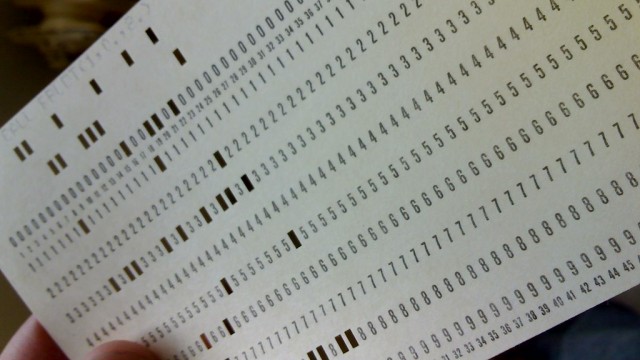 Punched card
Punched card
Developed by: (Herman Hollerith)
Launched: 1905
Capacity:
It is a cardboard card that contains information in the form of perforations according to a binary code.
More ↓
 Punched tape
Punched tape
Developed by:
Launched: 1939
Capacity: Depending on the length of the tape.
Bit rate: 2500 caracteres ASCII por segundo (5000 en lectores ópticos)
Punched tape is a data storage method, consisting of a long strip of paper in which holes are made to store data.
More ↓
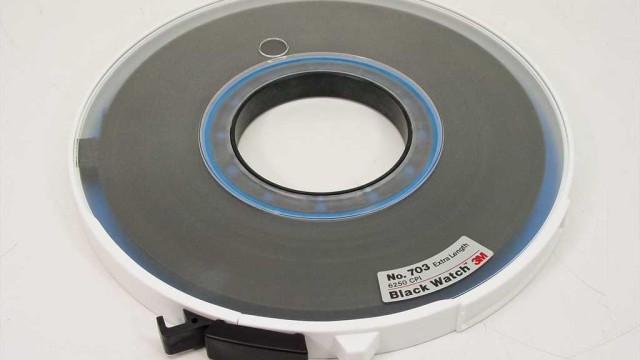 Magnetic tape reel
Magnetic tape reel
Developed by: UNIVAC, IBM, Digitral...
Launched: 1950
Capacity:
Large computers of the late 1980s used magnetic tapes wound onto large (10.5-inch) reels for storage.
More ↓
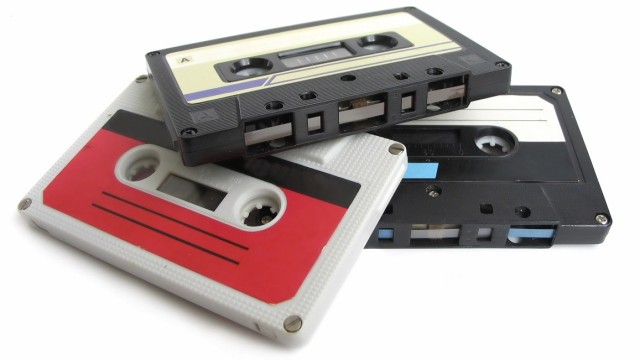 Cassette
Cassette
Developed by: Philips (Lou Ottens)
Launched: 1964
Capacity: Depending on the length of the tape (double-sided)
The cassette was developed by the Philips Netherlands team led by Lou Ottens as a medium for recording and reproducing voice. It quickly became widely used as a medium for distributing music.
The format's widespread popularity and its low production cost led to its adoption for data recording on 8-bit personal computers in the 1980s.
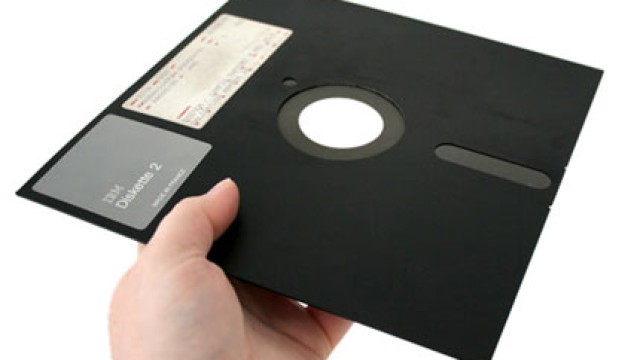 Diskette 8"
Diskette 8"
Developed by: IBM (Alan Shugart)
Launched: 1971
Capacity: 80 KiB
In 1971, Alan Shugart developed a flexible disk coated with iron oxide at IBM to facilitate the constant updates of its computers, thus creating the concept of the "floppy disk."
More ↓
 Diskette 5¼"
Diskette 5¼"
Developed by: Shugart Associates (Alan Shugart)
Launched: 1976
Capacity: 110 KiB
Alan Shugart developed this diskette to reduce the size of the large 8" floppy disks.
They proved to be cheaper and were quickly incorporated into computers with CP/M.
This first version had 35 tracks.
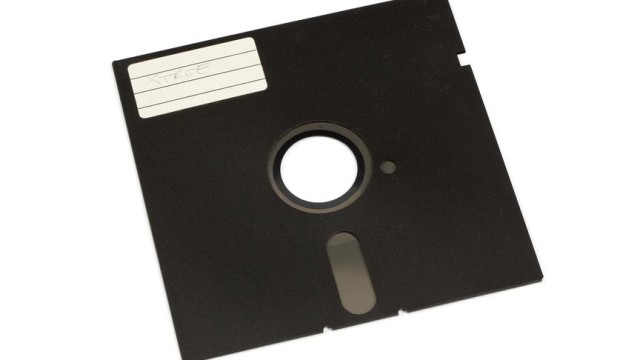 Diskette 5¼" DD
Diskette 5¼" DD
Developed by: Tandon
Launched: 1978
Capacity: 360 KiB
This development led to an increase in capacity and commercial standardization.
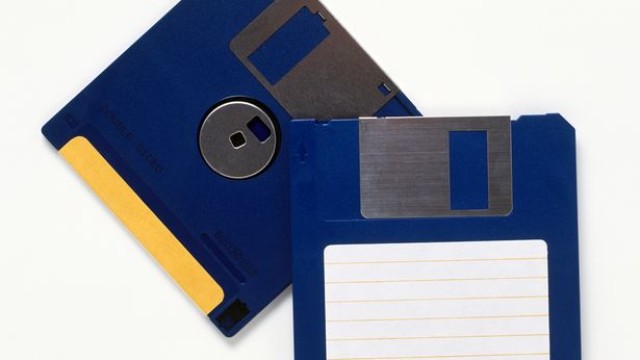 Diskette 3½"
Diskette 3½"
Developed by: Sony
Launched: 1981
Capacity: 360 KiB
This smaller and more robust floppy disk than the 5¼" one would end up becoming more portable from 1982 onwards, when it was incorporated into the Sony SMC 70 computer, and a year later, the HP-150 and Sony's MSX computers.
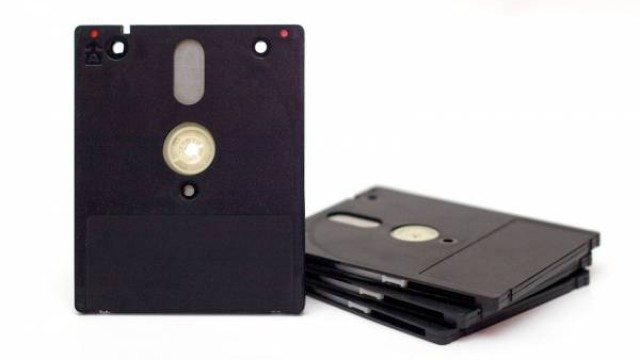 Diskette 3"
Diskette 3"
Developed by: Hitachi
Launched: 1982
Capacity: 360 KiB (doble side)
This format was one of many that appeared in the 1980s from different manufacturers and never caught on.
However, Amstrad adopted it for its personal computers, rumored to be able to get its readers at a bargain price.
More ↓
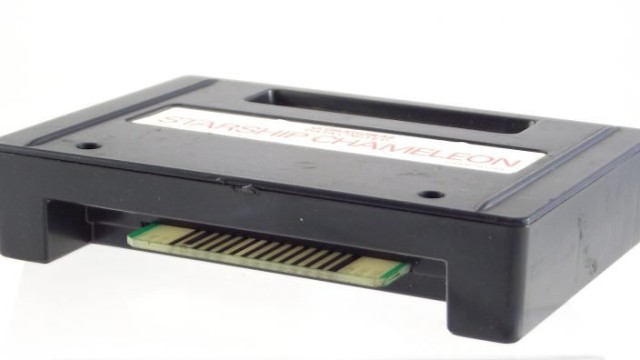 Dragon cartridge
Dragon cartridge
Developed by:
Launched: 1982
Capacity:
Dragon computers had a proprietary cartridge system, on which games were distributed for their 32 and 64 models.
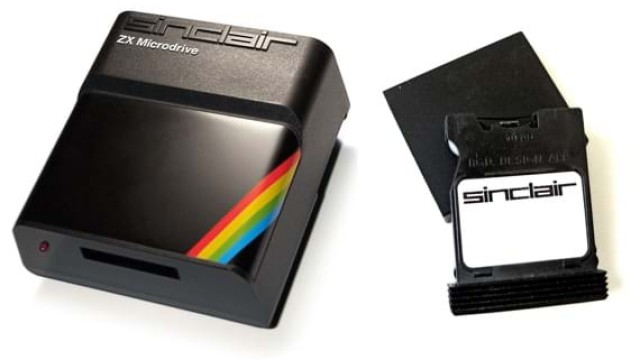 ZX Microdrive
ZX Microdrive
Developed by: Sinclair
Launched: 1983
Capacity: 85 KiB
Bit rate: 15 KiB/s
The ZX Microdrive is a tape cartridge reader/writer intended to provide low-cost mass storage for Sinclair machines.
However, it proved unreliable, as the constant friction of the tape against the drive head caused it to wear out and eventually break.
More ↓
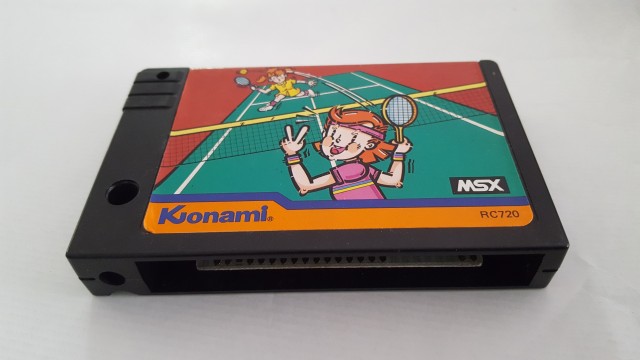 MSX cartridge
MSX cartridge
Developed by:
Launched: 1983
Capacity:
The MSX standard cartridges were a more expensive system than the cassette tapes used by the 8-bit computers of the time, but they were more reliable and faster.
More ↓
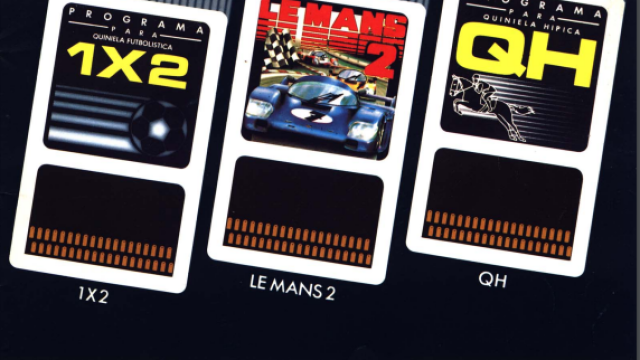 SoftCard
SoftCard
Developed by:
Launched: 1984
Capacity:
It's a credit card-like device that incorporates a ROM chip. Serma, a company that began producing programs on this device, released titles such as 1X2, QH, Le Mans 2, and so on.
To connect it to a computer, an adapter was required, which was inserted into the computer's cartridge slot.
More ↓
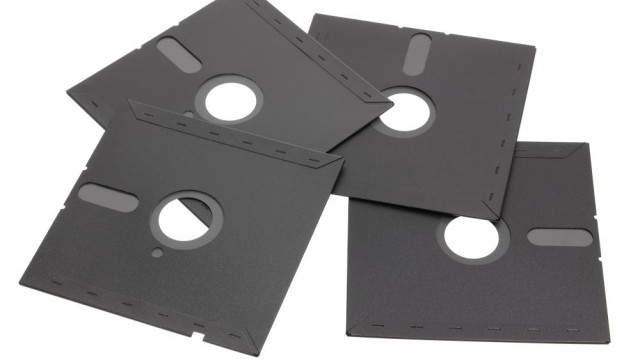 Diskette 5¼" 2HD
Diskette 5¼" 2HD
Developed by:
Launched: 1984
Capacity: 1200 KiB
In 1984, IBM introduced the High Density 5.5" floppy disk format in its IBM AT, tripling its original capacity of 360 KB.
This was the last version of the 5.5" floppy disk, which would be surpassed in 1988 by 3.5-inch floppy disks.
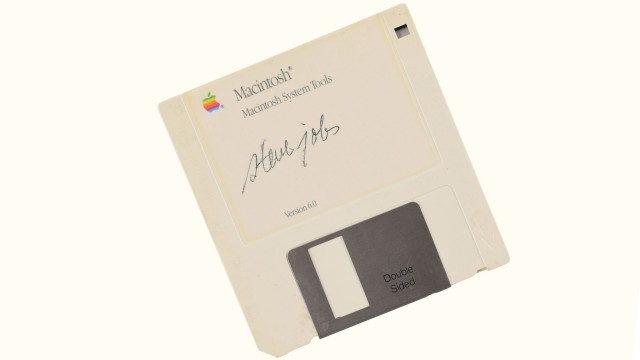 Diskette 3½" DD
Diskette 3½" DD
Developed by: Sony
Launched: 1984
Capacity: 720 KiB
In 1984, Apple incorporated this format for its new Macintosh computers.
In 1985, Atari adopted it for its new ST line, and Commodore for its new Amiga.
 CD
CD
Developed by: Sony & Philips
Launched: 1985
Capacity: 870 MiB
Bit rate: 150 KiB/s
The CD as a music format was launched in 1982 in Japan and worldwide in 1984.
The CD-ROM data format was established in 1985 by Sony and Philips and first introduced to the public at COMDEX that same year.
From the mid-1990s until its displacer by DVD-ROM, CD-ROM was widely used for software distribution for computers and video game consoles.
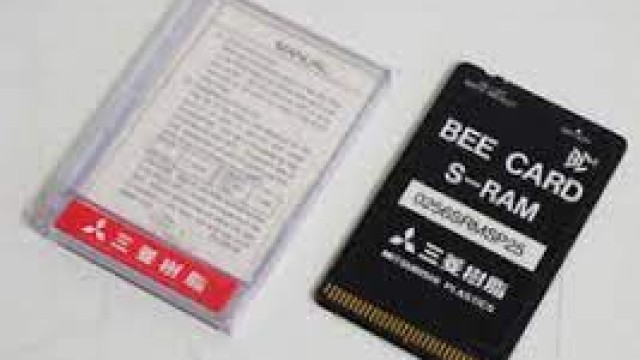 Bee Card
Bee Card
Developed by: Hudson Soft
Launched: 1985
Capacity:
A memory card the size of a credit card, although slightly thicker, created by the Japanese developer and distributor Hudson Soft for the distribution of software for MSX computers.
To connect the card to the computer, an adapter was required, which was inserted into the cartridge slot.
More ↓
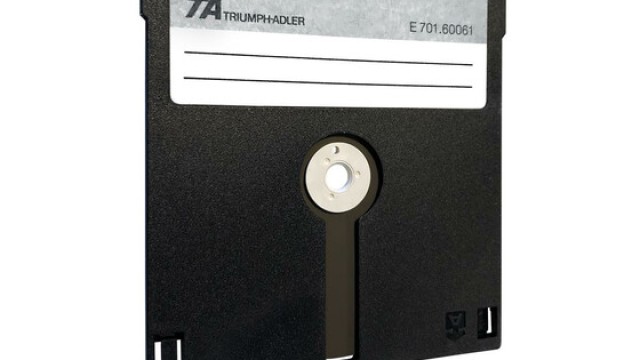 Mitsumi Quick Disk
Mitsumi Quick Disk
Developed by: Mitsumi
Launched: 1985
Capacity: 100 Kib ~ 256 Kib
The Quick Disk (QD) was a 3-inch floppy disk design released by Mitsumi around 1985 (although a prototype was shown in 1984).
It was encased in plastic, but had a much simpler design than other floppy disks of the time, as it lacked a shutter mechanism to protect the disk surface from dust and used removable tabs (rather than a sliding tab) for write protection on each side.
Furthermore, instead of offering random access, data was recorded in a continuous spiral on the disk (like vinyl) that took about 8 seconds to read (on the 100 KB Triton QD drive), making it very slow (this sequential access made it similar to a tape and prevented the fast access benefits of a floppy disk).
The drives were single-sided, and the disks had to be manually removed and rotated to use the other side.
More ↓
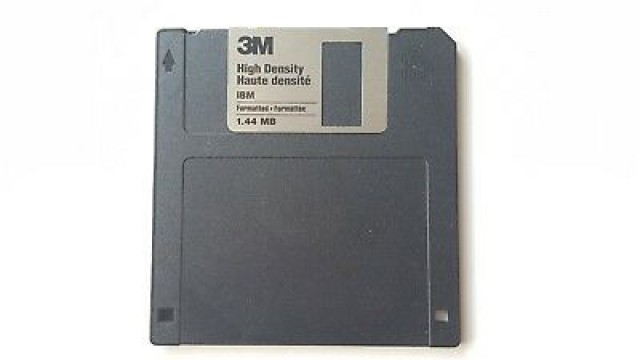 Diskette 3½" HD
Diskette 3½" HD
Developed by: Sony
Launched: 1987
Capacity: 1.44 MiB
They were introduced in IBM PS/2 computers in 1987, and a year later, Apple introduced them in its Macintosh IIx computers.
The High Density format is recognized by a square hole in one of its corners.
More ↓
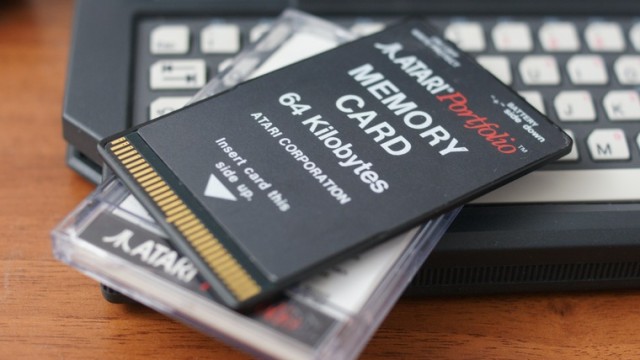 Atari Portfolio Memory Card
Atari Portfolio Memory Card
Developed by: Atari
Launched: 1989
Capacity: 32, 64 & 128 KiB
Atari's proprietary memory card sold in capacities of 32 KB, 64 KB, and 128 KB ($199.95). Other manufacturers also produced cards with capacities up to 4 KB.
It uses a CR2016 button cell to store data.
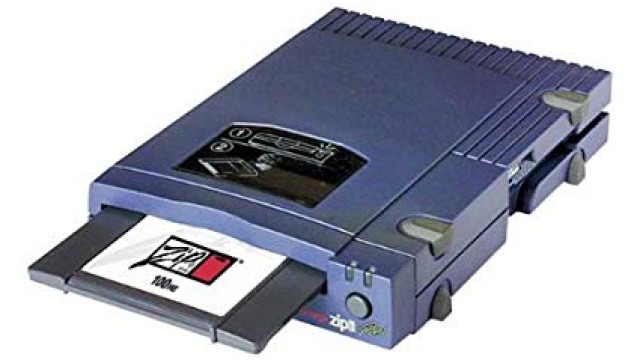 Zip
Zip
Developed by: Iomega
Launched: 1994
Capacity: 100, 250 & 750 MiB
Iomeza Zip drives were the storage drives that were contenders to replace 3.5-inch floppy disks due to their higher capacity, and were eventually integrated as standard in several Apple Macintosh laptop and computer configurations.
The first version had a capacity of 100 MB, and later versions expanded this to 250 MB, and in its final phase, reached 750 MB.
The falling prices of higher-capacity CD burners and CD-R and CD-RW consumables eventually forced them out of the market.
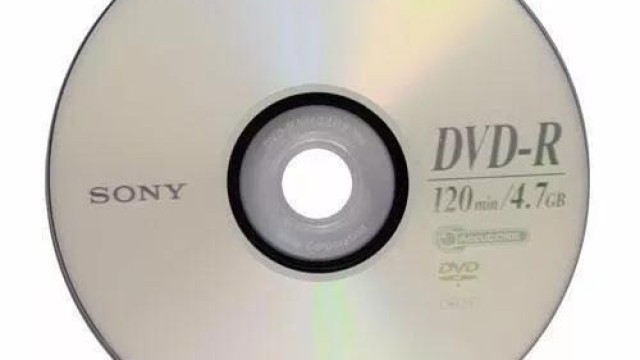 DVD
DVD
Developed by: Philips, Pioneer, Sony, Hitachi, Matsushita, Mitsubishi, Time Warner, Toshiba, Victorpool y Thomson
Launched: 1995
Capacity: 4 GiB
The DVD-ROM was the natural substitute for CD-ROM, significantly increasing its capacity on a disc with the same physical characteristics.





















